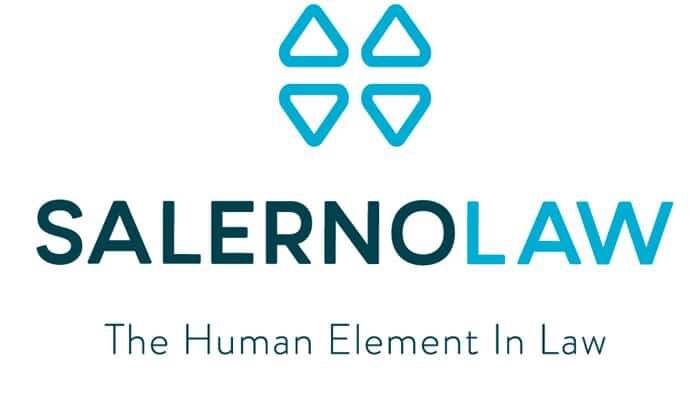NFTs, otherwise known as non-fungible tokens, have grown in massive popularity and have become part of a billion-dollar market backed by optimistic investors who see an inherent value in acquiring these digital assets. Now, there is a different aspect gaining traction in the digital asset space; asset-backed loans utilising NFTs as collateral.
The concept is simple and familiar to conventional asset-backed loans. An NFT holder may want to borrow fiat currency or cryptocurrency without selling their assets. Instead, they visit a website that specialises in linking owners of these highly-valued and popular NFTs with lenders willing to accept their NFT as security for a loan. A lender can either be a centralised cryptocurrency exchange which deals with NFT borrowing or it may be part of a decentralised peer-to-peer network. Borrowers can expect a loan amount of approximately 30% to 50% of the value of the NFT, while interest rates can range between 20% to 80% (depending on the popularity of the NFT).
Before we unpack the practice and risks of NFT lending, what is an NFT?
What are NFTs?
NFTs are digital assets containing identifying information which is recorded in smart contracts. The identifying information makes each NFT unique and one-of-a-kind, meaning they cannot be swapped or replaced by another token and could never be exactly the same. NFTs can also be linked to a specific asset and can be used to prove ownership of digital items, for example ownership of a concert ticket.
NFTs have often been used to transform a digital work of art, or another collectible, into a one-of-a-kind, verifiable asset which is easy to trade on a blockchain (i.e. the Bored Ape Yacht Club collection).
This is in contrast to a fungible token, such as Bitcoin. Bitcoin can be swapped and replaced. If you send someone one Bitcoin and they send you a different Bitcoin back, you will still have one Bitcoin, subject to the fluctuation in value during the period of the exchange.
Introducing NFTfi (and its risks!)
Since an NFT is a one-of-a-kind and unique asset, naturally, its commercial value is high (depending on the demand). Some NFTs can be worth an astonishing amount of money, making them near-valuable as security to a loan by a lender. The lending arrangement is traditional; if you default on your loan terms, the lender has recourse to your NFT as a secured asset. This is an inherent risk attached to any loan arrangement.
An example of a borrower defaulting under an NFT-backed peer-to-peer loan arrangement took place when a borrower collateralised its “Elevated Deconstructions” NFT worth around US$40,000 against a 3.5 ETH (US$12,000) loan. The borrower defaulted under the loan arrangement and lost the NFT, handing the lender a valuable asset. Within a month, the value of that NFT surged which saw its value explode to US$300,000, approximately a 650% increase!
Equally evident is the risk connected with highly volatile NFTs. For example, Jack Dorsey, founder of Twitter, sold his tweet as an NFT for US$2.9 million. A year later, it was worth merely US$280.
However, a benefit of NFT borrowing is that it increases liquidity. NFTs are usually illiquid due to their volatility and associated risks. But by providing access to capital, through collateralising NFTs, users can spend that capital on other services or projects.
Our Services
Salerno law has a dedicated cryptocurrency and financial services team with substantive knowledge on how to protect their client’s commercial position and interests. Should you have any questions in relation to financial services or cryptocurrency, please do hesitate to contact our team. Salerno Law strives for the best possible outcome for their clients by providing quality advice to companies and individuals in all practice areas.
By Hesh Aiyach




Leave A Comment